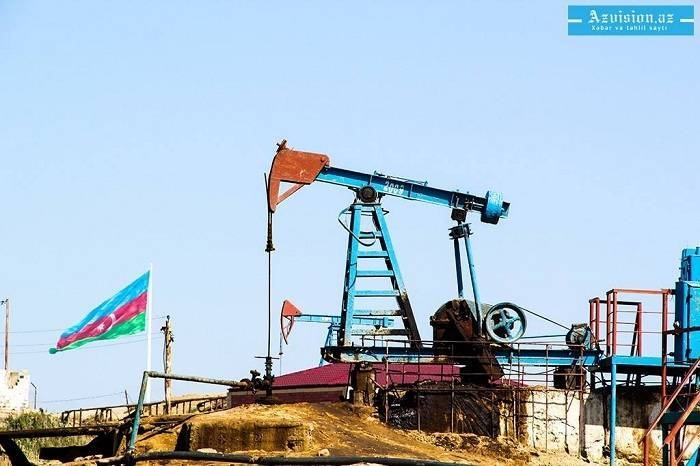Crude oil prices rose to the highest since early spring after the FDA yesterday gave the green light to the Pfizer-BioNTech Covid-19 vaccine, with government officials saying several hundred vaccination sites across the country would be supplied with vaccines by tomorrow. But traders—who have been buying oil and fuels futures with renewed eagerness over the past few weeks—are now preparing for a market correction. Traders from hedge funds slowed down their purchases of crude oil and derivatives contracts, Reuters’ John Kemp said in his weekly column, noting that this is the fifth week in a row when traders have been buying with a voracious appetite.
This appetite will be difficult to sustain, though, even after vaccinations start in the United States, for two main reasons: how long it will take to vaccinate the population and oil’s fundamentals.
The regulatory approval of the Pfizer-BioNTech vaccine for the United States was a major step in a bullish direction for oil, but it was the first of many. Challenges remain concerning both availability and logistics. CNN reported yesterday that while the first medical workers were vaccinated on Monday, it would take months for most Americans to be vaccinated.
The federal government bought 100 million doses of the Pfizer vaccine earlier this year, which means 50 million people will be vaccinated since it’s a two-dose vaccine. Pfizer has now said it would be unable to supply additional quantities until the middle of next year.
In short, it will be a while before things begin to return to normal.
Europe is also in an uncertain position with vaccinations. Governments are wary of making the Covid-19 vaccination obligatory, but there is growing public mistrust in the Covid-19 vaccines that may compromise efforts to achieve herd immunity through inoculation.
Then there is the question of oil supply and demand that could take the wheels off this latest price rally. OPEC is preparing to start pumping half a million barrels daily more from January. The U.S. is already pumping more, and so is Libya, the latter of which produced 1.25 million bpd earlier this month.
At the same time, OPEC yesterday lowered its oil demand forecast for this year. The cartel now expects demand to have fallen by 9.7 million bpd since the start of the year, averaging 89.99 million bpd. The demand projection for 2021 was also revised down. OPEC now expects 2021 oil demand to average 95.89 million bpd, which would be a solid improvement on 2020 but still 410,000 bpd lower than earlier projections.
Then there’s Iran, which last week said it expected to be exporting 2.3 million bpd of oil next year, confident it could reach a deal with the Biden administration regarding sanctions that are currently stifling its oil exports. A deal is not exactly certain: while Biden has signaled he is ready to negotiate, Iran has in its turn signaled it would not be the first one to make concessions. Also, the U.S. energy industry is not looking forward to another price slump and might exert some pressure on the president-elect.
At the same time, the Asian recovery from the pandemic is certainly bullish for oil, as is Europe’s exit from the second round of lockdowns. According to a recent Bloomberg report, fuel inventories have been draining steadily, with India, China, and Japan reporting a rebound in gasoline demand. For many analysts, the rebound is only a matter of time, and this time appears to be next year, putting upward pressure on prices despite the challenges.
“Oil is the cheapest of all reflation assets,” according to Energy Aspects’ Amrita Sen, who spoke to Bloomberg. “With vaccines slowly rolling out, we expect investors to start returning to the oil sector and for prices to continue firming.”
“Price momentum has slowed appreciably during the past couple of weeks and while some fresh or unexpected bullish headlines may be required to advance the complex into new high territory, we will also note a market that appears to have developed immunity to bearish headlines that would normally be slapping the complex down,” another analyst, Jim Ritterbusch of Ritterbusch Associates, told Reuters.
The clouds over oil, in other words, are beginning to clear. It might take a while for them to clear completely, but demand is on the mend, and ultimately, this is the single most important factor right now.
Read the original article on oilprice.com.
More about: oilprice
















































